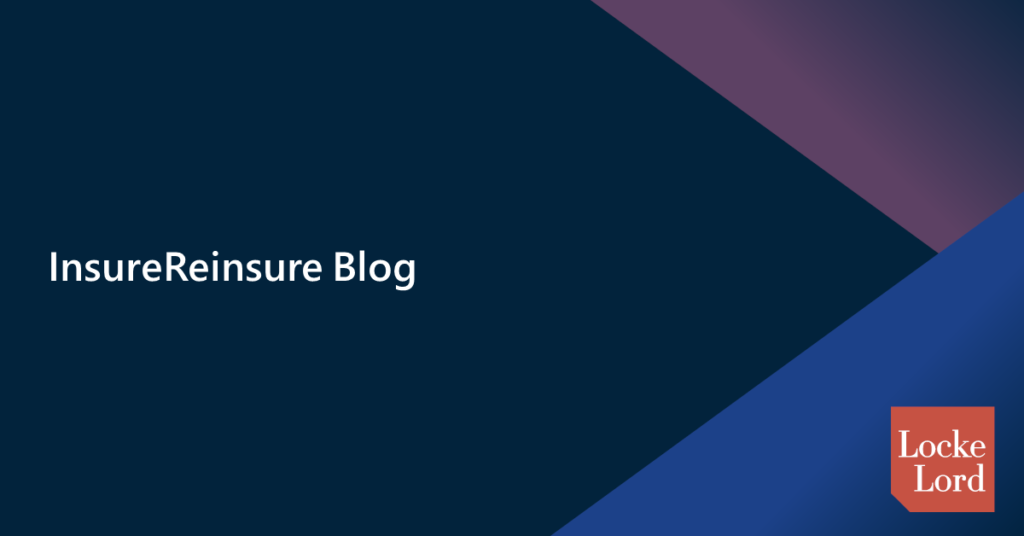How Will the NAIC Regulate Third-Party Data and Models?

The National Association of Insurance Commissioners (“NAIC”) has created a new Third-Party Data and Models (H) Task Force which is charged with developing and proposing a framework for the regulatory oversight of third-party data and predictive models. At the Spring National Meeting in Phoenix, the Chair of this task force, Colorado[1] Insurance Commissioner Michael Conway, informed those in attendance that the task force anticipates a two-year workplan. The first year (2024) will be primarily fact finding while during the second year (2025) the task force will draft some form of model – whether that model is a bulletin, guidance, regulation, or act remains to be determined.[2] The Chair anticipates one more regulator to regulator meeting, following which a draft workplan may be exposed to the public.
Florida Commissioner Yaworsky, as Task Force Vice Chair, introduced Donna Sirmons from the Florida State Board of Administration to present on Florida’s unique Commission on Hurricane Loss Projection Methodology (the “Commission”). The Commission, created in 1995, funded out of the Florida Hurricane Catastrophe Fund, consisting of subject matter experts, including a statistician, meteorologist, hydrologist, structural engineer, multiple actuaries, and representatives from different state authorities, evaluates computer simulation models and actuarial methodologies for hurricane loss and flood loss projections used in residential property insurance rate filings. This evaluation process includes on-site audits. To date, only long-term models have been reviewed and found acceptable. Hurricane and flood models are reviewed independently.
Ms. Sirmons stated that the Commission’s work has transformed the black box[3] of hurricane and flood pricing models in Florida to a glass box while protecting the proprietary nature of the models being evaluated.[4] In response to questions from the regulators on the task force, Ms. Sirmons described the 8-10 month time frame for review and audit of an existing model. Ms. Sirmons’ presentation provided food for thought for the regulators and industry representatives in attendance as the task force considers this far reaching charge.
[1] It is worth noting that Colorado is an early actor in the regulation of artificial intelligence and big data by insurance businesses following the enactment of SB-169 in 2021 and subsequent promulgation of implementing regulations in contrast to the handful of states which have issued bulletins or other administrative guidance, usually based on the NAIC Model Bulletin on the Use of Artificial Intelligence Systems by Insurers, which asserts authority derived from pre-existing law such as the Unfair Trade Practices Act.
[2] Such an NAIC model would not be self-executing, but would require some form of implementing action by individual states.
[3] In this context a black box means a system in which the final user or customer cannot see the inner workings producing the final result.
[4] Florida law exempts much of the Commission’s technical work from state public record laws.







